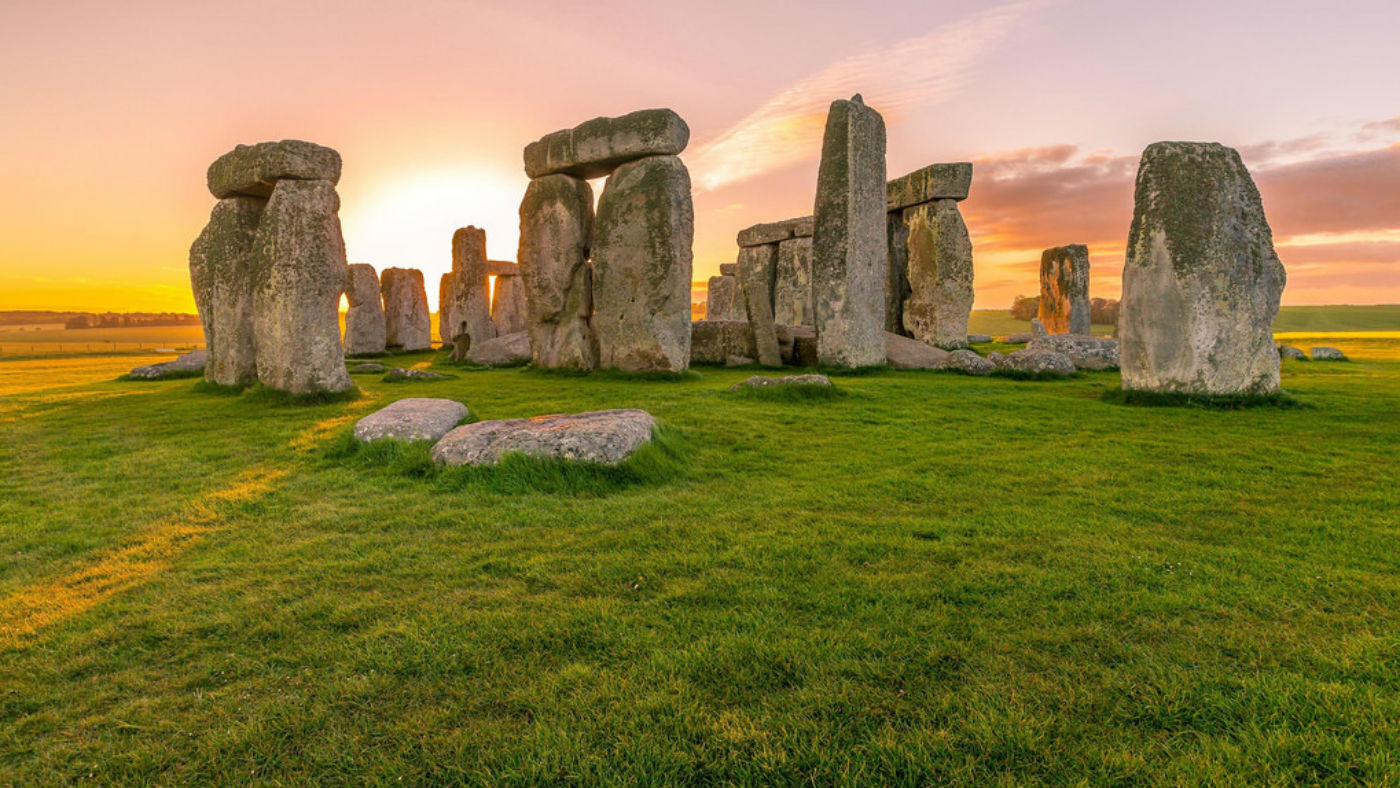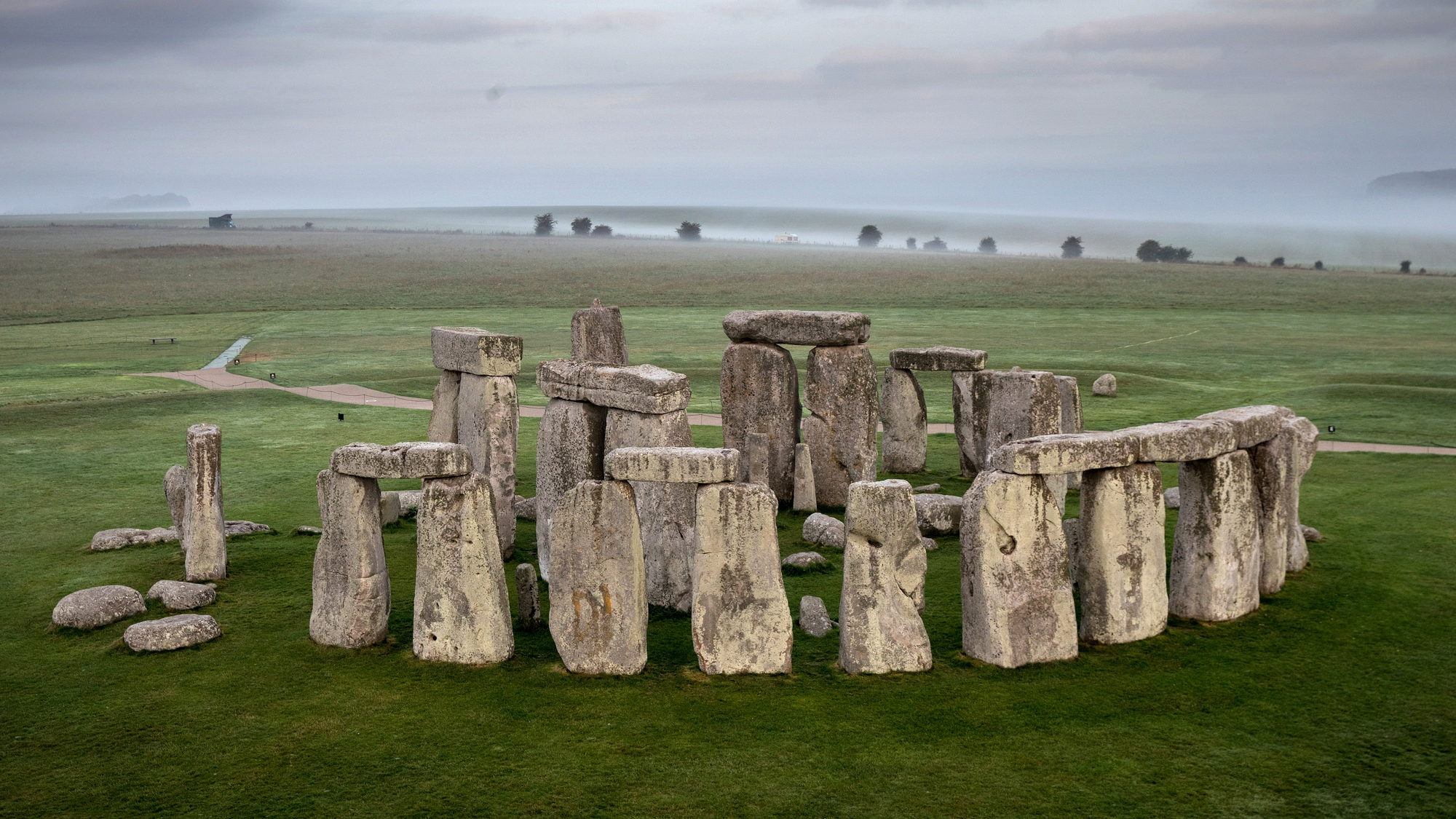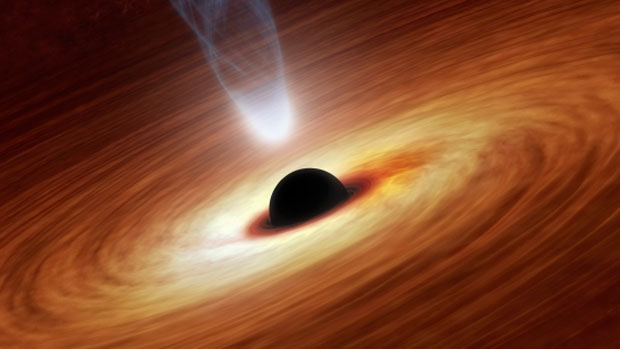Mystery of where Stonehenge stones came from finally solved
But how the builders moved the huge stone megaliths to the Salisbury site remains a mystery

Archaeologist have solved the millennia-old puzzle of the origins of the giant sarsen stones used to build Stonehenge, thanks to the return of a piece taken from the site more than 60 years ago - plus a hefty dose of luck.
Until now, The Independent reports, all scientists knew “with reasonable certainty” was that the stones “had been brought in around 2500BC by the great temple’s Neolithic builders from the Marlborough Downs or immediately adjacent areas” – an area covering more than 75 square miles to the north of the Wiltshire monument.
But geochemical tests have not only shown that the returned metre-long core is a match for the standing megaliths, but also enabled researchers to pinpoint the stones’ origins to just a two-square-mile area.
The Week
Escape your echo chamber. Get the facts behind the news, plus analysis from multiple perspectives.

Sign up for The Week's Free Newsletters
From our morning news briefing to a weekly Good News Newsletter, get the best of The Week delivered directly to your inbox.
From our morning news briefing to a weekly Good News Newsletter, get the best of The Week delivered directly to your inbox.
The experts have concluded that “50 of the 52 sarsen stones at Stonehenge were probably sourced from West Woods”, about 15 miles north on the edge of modern-day Marlborough, says The Guardian.
Brighton University professor David Nash, who led the study, told the newspaper: “We weren’t really setting out to find the source of Stonehenge.
“We picked 20 areas and our goal was to try to eliminate them, to find ones that didn’t match. We didn’t think we’d get a direct match. It was a real ‘oh my goodness’ moment.”
The piece of rock used to solve the mystery was removed during an excavation in 1958, before being returned last year by the worker who took it, Robert Phillips, now 89, according to the BBC.
A free daily email with the biggest news stories of the day – and the best features from TheWeek.com
But the question still remains of how the giant stones, each of which weighs up to 40 tons, were transported to their resting site.
“To be able to pinpoint the area that Stonehenge’s builders used to source their materials around 2500BC is a real thrill,” said English Heritage senior properties historian Susan Greaney. “Now we can start to understand the route they might have travelled and add another piece to the puzzle.”
-
 Stonehenge Altar Stone came from Scotland, study finds
Stonehenge Altar Stone came from Scotland, study findsSpeed Read New analysis says the six-ton megalith actually came from Scotland and not Wales, as previously thought
-
 Richard Branson’s Virgin Galactic and Jeff Bezos’s Blue Origin: the new space race?
Richard Branson’s Virgin Galactic and Jeff Bezos’s Blue Origin: the new space race?Speed Read Branson has declared space open for business. Is that still a pie in the sky?
-
 Russia and China joining forces to build first Moon base
Russia and China joining forces to build first Moon baseSpeed Read Lunar pact represents ‘all kinds of security threats’ to UK and US, expert warns
-
 How chimpanzee ‘lip smacking’ can unlock mystery behind human speech
How chimpanzee ‘lip smacking’ can unlock mystery behind human speechSpeed Read New study reveals rhythm of great apes’ communications is identical to spoken language
-
 Scientists discover new variety of black hole
Scientists discover new variety of black holeSpeed Read Astronomers had previously missed entire class of dead star
-
 Trio win Nobel physics prize for work to understand cosmos
Trio win Nobel physics prize for work to understand cosmosSpeed Read The scientists were hailed for ‘ground-breaking’ discoveries
-
 Quadriplegic man walks using mind-reading robotic exoskeleton
Quadriplegic man walks using mind-reading robotic exoskeletonSpeed Read Robo-suit hailed as huge step forward for paralysed patients
-
 Will ancient scrolls damaged by Vesuvius be read again?
Will ancient scrolls damaged by Vesuvius be read again?Speed Read Scientists believe they have developed technology to see what is on the famous scrolls


